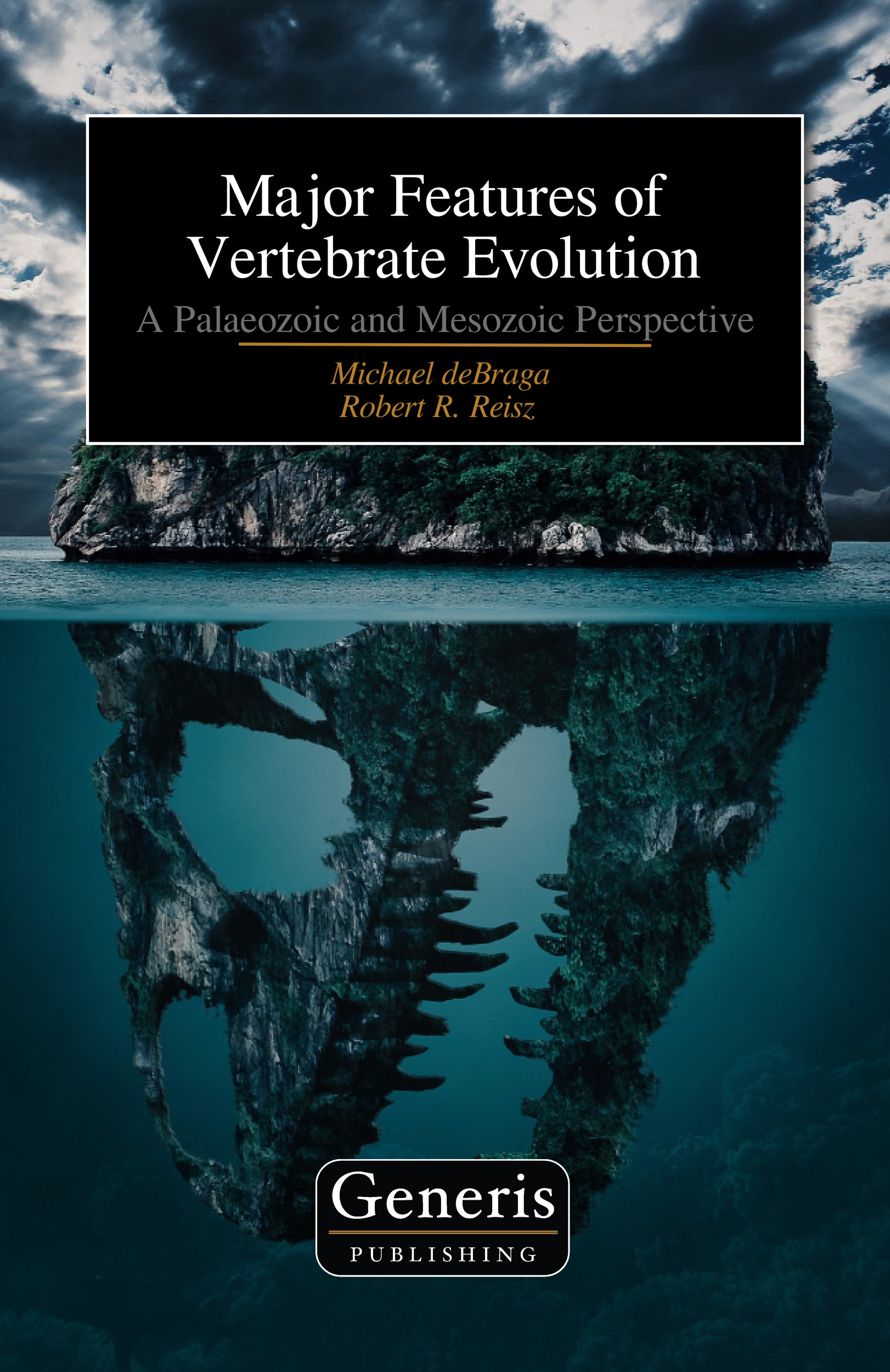The evolutionary path leading to vertebrates was complex and replete with chance. When we consider our own deep history, we seldom think about how steeply the odds have been stacked against us. The world of the distant past, over 3.5 billion years ago, would be unrecognizable to anyone who might be able to travel back to that point in time. The Earth was then a very different place, with no multicellular organisms and a toxic atmosphere composed primarily of nitrogen and carbon dioxide. Oxygen, the lifeblood of our world today, was present only in trace amounts, and the absence of an ozone layer meant constant bombardment by unfiltered UV radiation. The sun was less bright than today but was nevertheless capable of transferring much of its limited output of energy directly to the earth’s surface, impacting early life as profoundly as a bombardment of X-rays generated in a laboratory. This particular laboratory experiment would have resulted in rapid mutation rates, with few species surviving for long. Even in these extreme conditions, however, life did hang on, and the survivors must have set the stage for the stunning adaptive radiations that were still to come.
| Pages: | 495 |
|---|
| Published: | 2022 |
|---|
| ISBN: | 979-8-88676-366-9 |
|---|
| Language: | English |
|---|
| Category: | History, Science |
|---|










